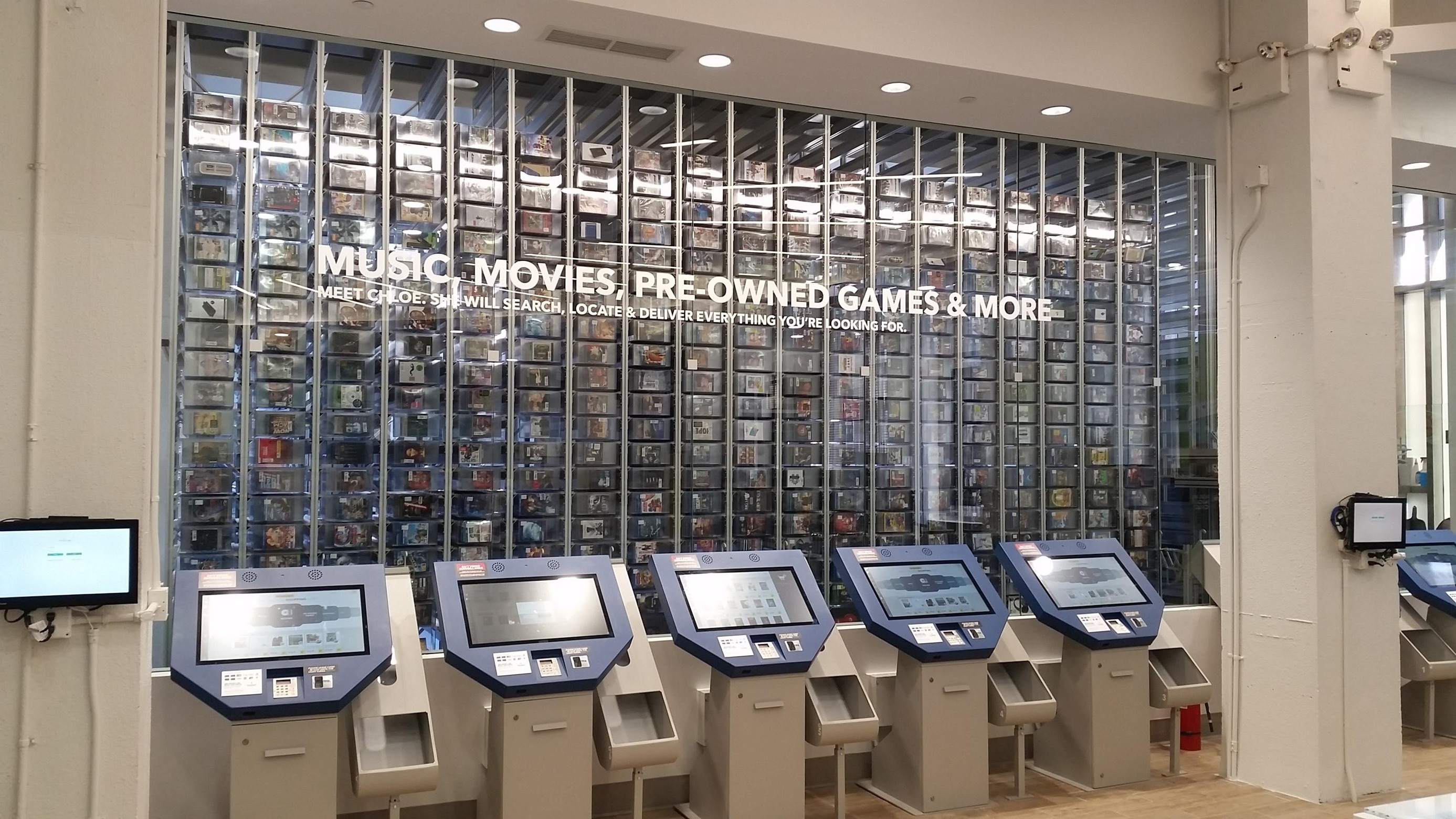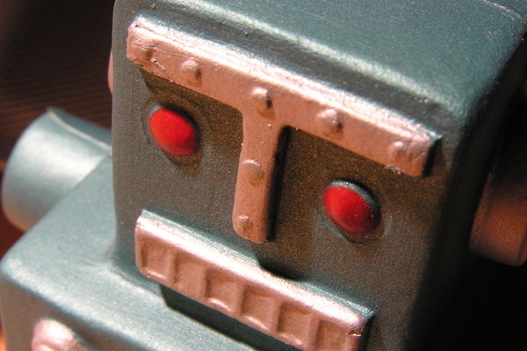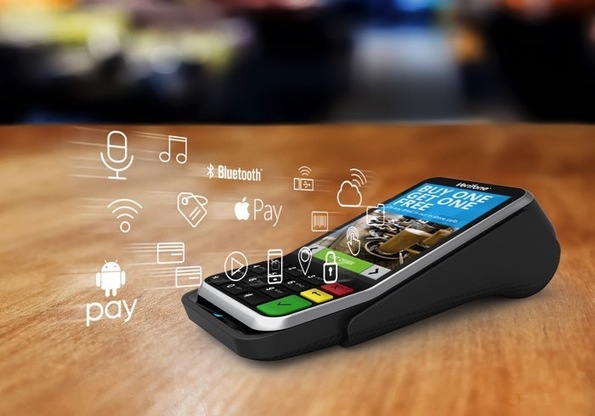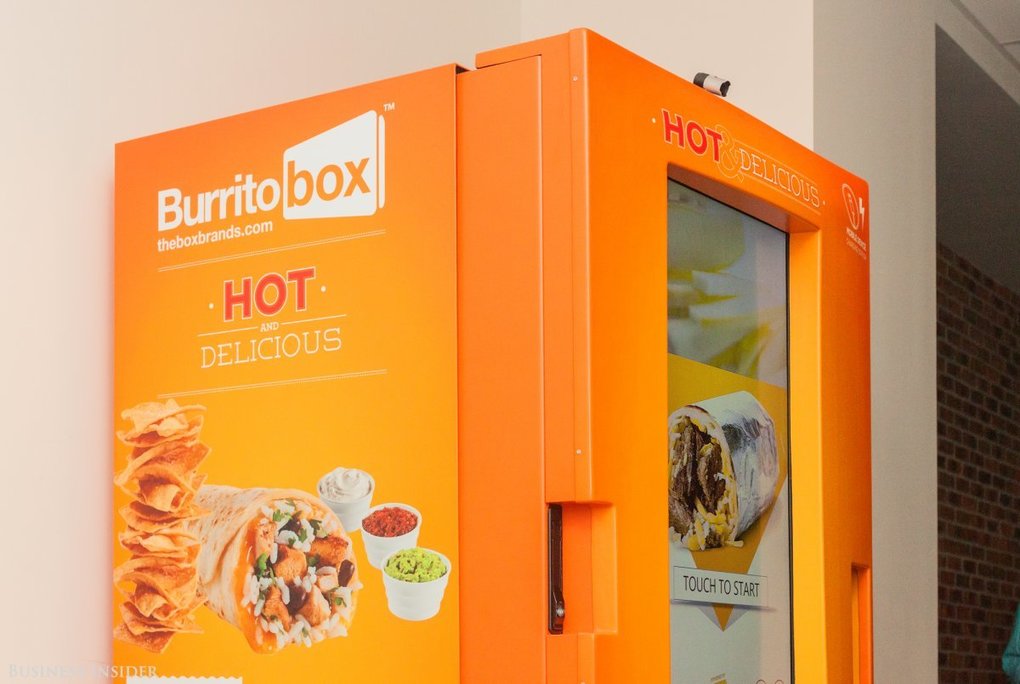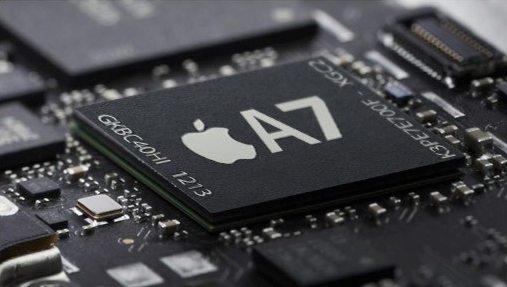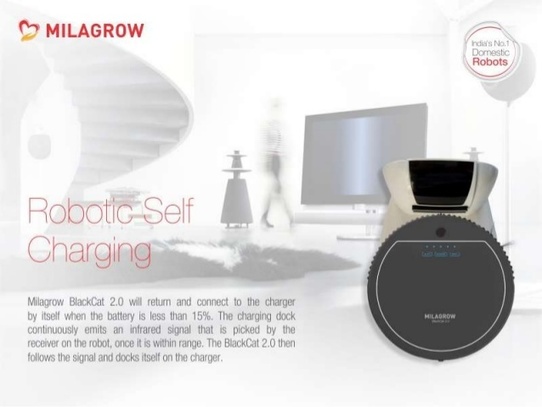Despite its low ARPU, the wireless M2M market has become a key focus of many mobile network operators as their traditional voice and data markets become saturated. Likewise, government and regulatory initiatives such as the EU initiatives to have a smart meter penetration level of 80% by 2020 and the mandatory inclusion of automotive safety systems such as eCall in all new car models, have also helped to drive overall wireless M2M connections and revenue.
By enabling network connectivity among physical objects, M2M has initiated the vision of the Internet of Things (IoT)a global network of sensors, equipment, appliances, computing devices, and other objects that can communicate in real time. This gives rise of a multitude of application possibilities including but not limited to location tracking, diagnostics, process automation, remote monitoring/control and even entertainment. Given the vast array of M2M and IoT applications, the industry has attracted attention from a multitude of vertical market segments.
Consequently we expect the wireless M2M market to account for nearly $196 Billion in revenue by the end of 2020, following a CAGR of 21% during the six year period between 2014 and 2020. Eyeing this lucrative opportunity, vendors and service providers across the highly fragmented M2M value chain have become increasing innovative in their strategies and technology offerings which have given rise to a number of submarkets such as M2M network security, Connected Device Platforms (CDP) and M2M application platforms.
This report presents an in-depth assessment of the global wireless M2M market. In addition to covering the business case, the challenges, the industry’s roadmap, value chain analysis, deployment case studies, and the vertical market ecosystem, vendor service/product strategies and strategic recommendations, the report also presents comprehensive forecasts for the wireless M2M market from 2014 till 2020, including an individual assessment of the following submarkets: Network Connectivity, Application Services, Embedded Cellular M2M Modules, Network Security, Connected Device Platforms (CDP), Application Platforms (Application Enablement Platforms, AEP and Application Development Platforms, ADP), Integration Services and Enabling Technologies, across six regions.
The report segments wireless M2M connections and associated service revenue forecasts separately for cellular, satellite and short range wireless technologies. Country level connection forecasts are provided for over 50 countries. Also provided are wireline M2M connection and service revenue forecasts.
Furthermore, network connectivity and application service revenue forecasts are individually presented for the following 8 vertical market segments: Utilities & Smart Grid, Automotive & Transportation, Logistics, Public Safety, Security & Surveillance, Retail & Vending, Healthcare, Intelligent Buildings & Smart Cities, and Consumer Electronics.
The report covers the following topics:
- M2M/IoT technology and architecture
- Market drivers and key benefits of wireless M2M
- Challenges and Inhibitors to the wireless M2M Ecosystem
- Wireless M2M standardization initiatives
- Wireless M2M opportunities, use cases and applications across industry verticals
- Wireless M2M deployment case studies
- Industry, mobile network operator and vendor commitments to M2M
- Wireless M2M industry roadmap: 20142020
- Wireless M2M value chain assessment
- SWOT analysis of M2M access technologiesCellular, satellite, short range (Wi-Fi and others) and wireline
- Key trends in the M2M ecosystem: acquisitions, evolving requirements, business models, cloud based analytics, network security, impact of LTE, roaming issues, alliances, IPv6, module costs and price elasticity
- Profiles, market positioning assessment (current strategy, target market and products/services) and strategic recommendations for 175 players in the M2M/IoT ecosystem: embedded wireless module vendors, hardware & bundled solution providers, vertical market specialists, M2M MVNOs, M2M/IoT platform & software specialists, wireless industry incumbents, M2M network operators and integration specialists
- Market analysis and forecasts from 2011 till 2020


